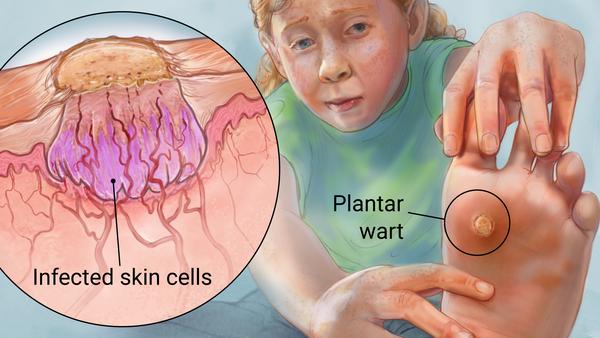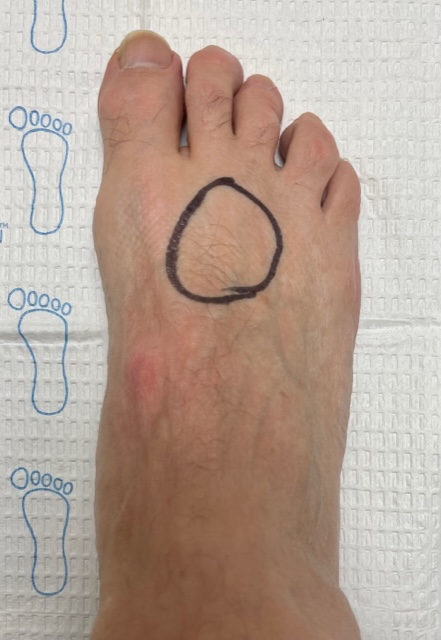Posted at 08:44h in
General Like father, like daughter! Congratulations to Bella Strash, daughter of Dr. Wally Strash. She was accepted into UTRGV’s School of Podiatric Medicine – the first in Texas and one of only 10 in the country. To read more about the UTRGV School of Podiatric Medicine,...
Posted at 14:10h in
General,
Services With any surgery the thought of post-operative pain is a concern. Depending on the person, your mind could start racing anywhere from the seriousness of your condition, to the procedure itself, to out-of-pocket surgical costs or the required downtime. However, when it comes to foot...
Posted at 07:34h in
General Teaching is a fundamental part of our society. I really enjoy teaching. I feel that passing knowledge on is imperative. Especially in training future doctors, it's important that they know the correct way to treat patients before going out on their own.
During my years as...
Posted at 09:30h in
General This is a project Dr. Wally Strash has been involved with developing with Nvision. "It's gratifying to see this device obtain FDA approval and know that it will help patients," he says. FIRST LAPIDUS WEDGE WITH AN FDA LENGTHENING REFERENCE, LAUNCHED ELIZABETH HOFHEINZ, M.P.H., M.ED. San Antonio, Texas-based...
Posted at 09:27h in
Uncategorized A hammertoe is a deformity that causes the toe to bend or contract downward instead of pointing straight. This deformity can affect any of the lesser toes of the foot - toes 2 through 5. We see hammertoes most commonly of the second or third toe. It's...
Posted at 14:58h in
General This is your year. New Year, New You is just going to be a motto, it’s a new way of life.
You’ve got yourself a membership to a gym, and this year it’s actually sticking. You wouldn’t go so far as to say that you enjoy...
Posted at 09:39h in
General Repetive Impact Can Increase Risk of Damage Stress fractures of the foot are becoming more common in runners, especially first-time marathoners. Walkers are also prone to stress fractures especially people who walk daily for exercise and may be using less than supportive shoes. Another name for...
Posted at 10:04h in
General,
Uncategorized The classic bunion is a bump on the side of the great toe joint. Although it’s described that way, it’s much more. This bump represents an actual deviation of the 1st metatarsal. In addition, there is also deviation of the great toe toward the second...
Posted at 15:19h in
Uncategorized The surgeons with Strash Foot and Ankle Care are pleased to be working with Nvision Biomedical Technologies and UTSA biomedical engineering students. The words "cutting edge" do not get any closer than developing new and exciting biomedical implants for the foot and ankle. It's an honor...
Posted at 12:46h in
General You may have never heard of a tarsal coalition, but if you have flat feet, there's a one in four chance that you have one. In fact 3% to 5% of the whole population has a tarsal coalition.
The bones in the back of the foot...










